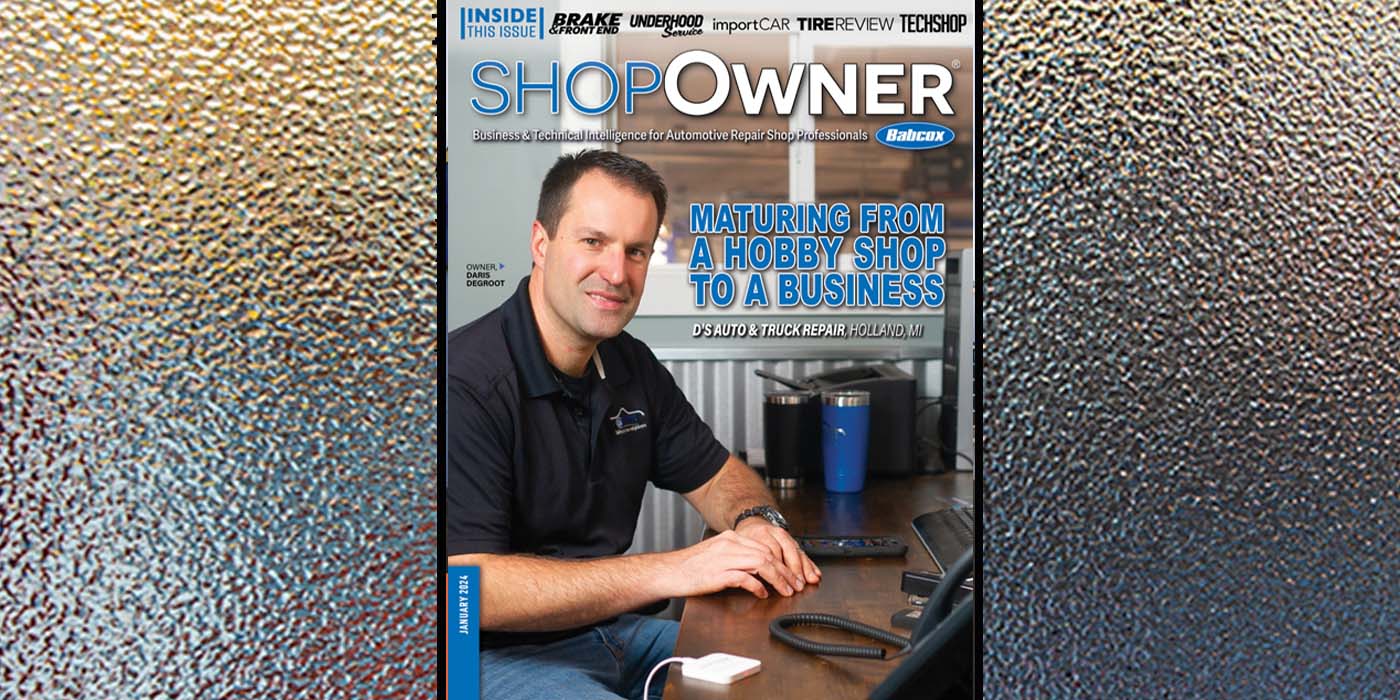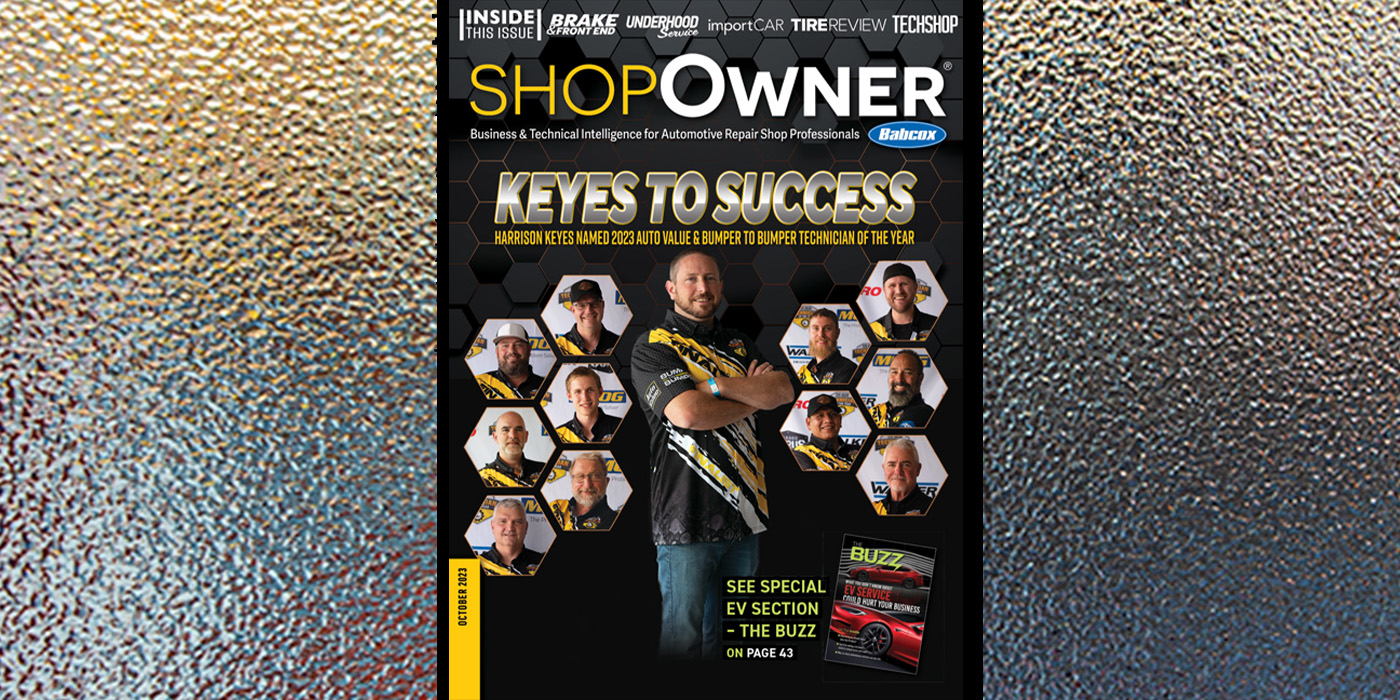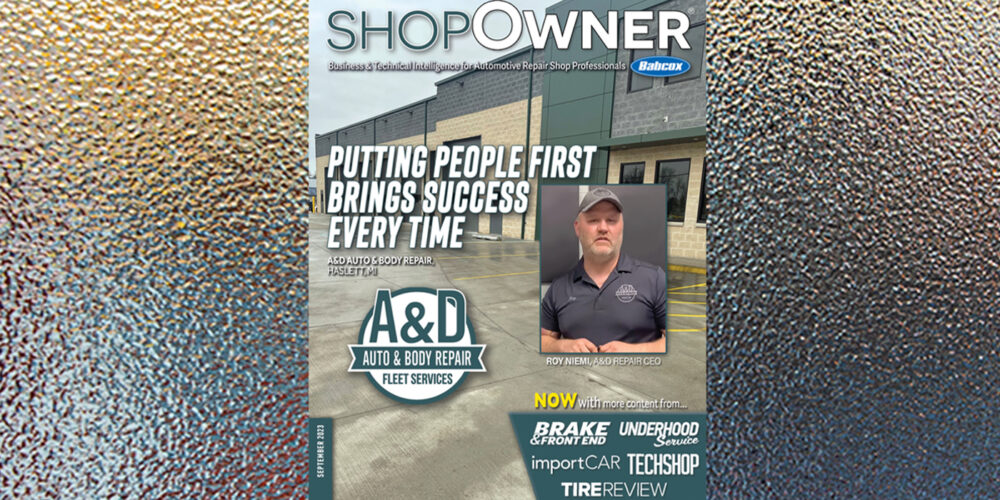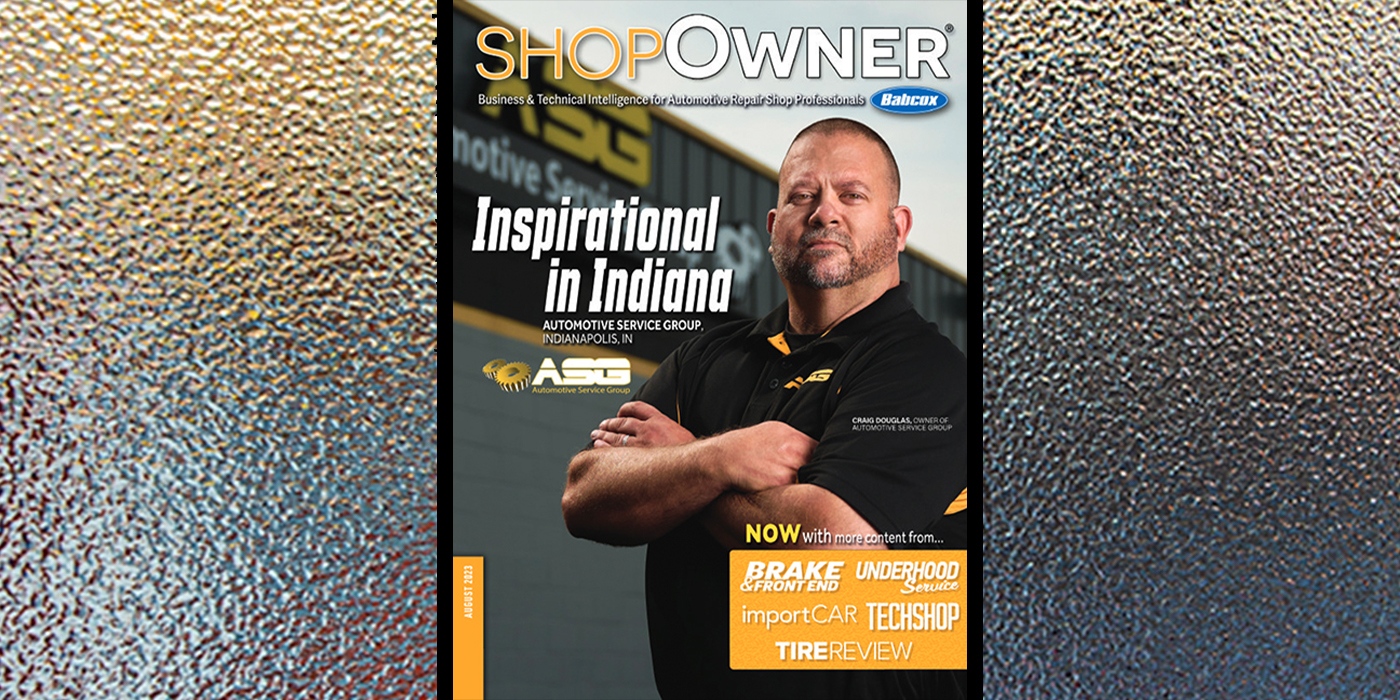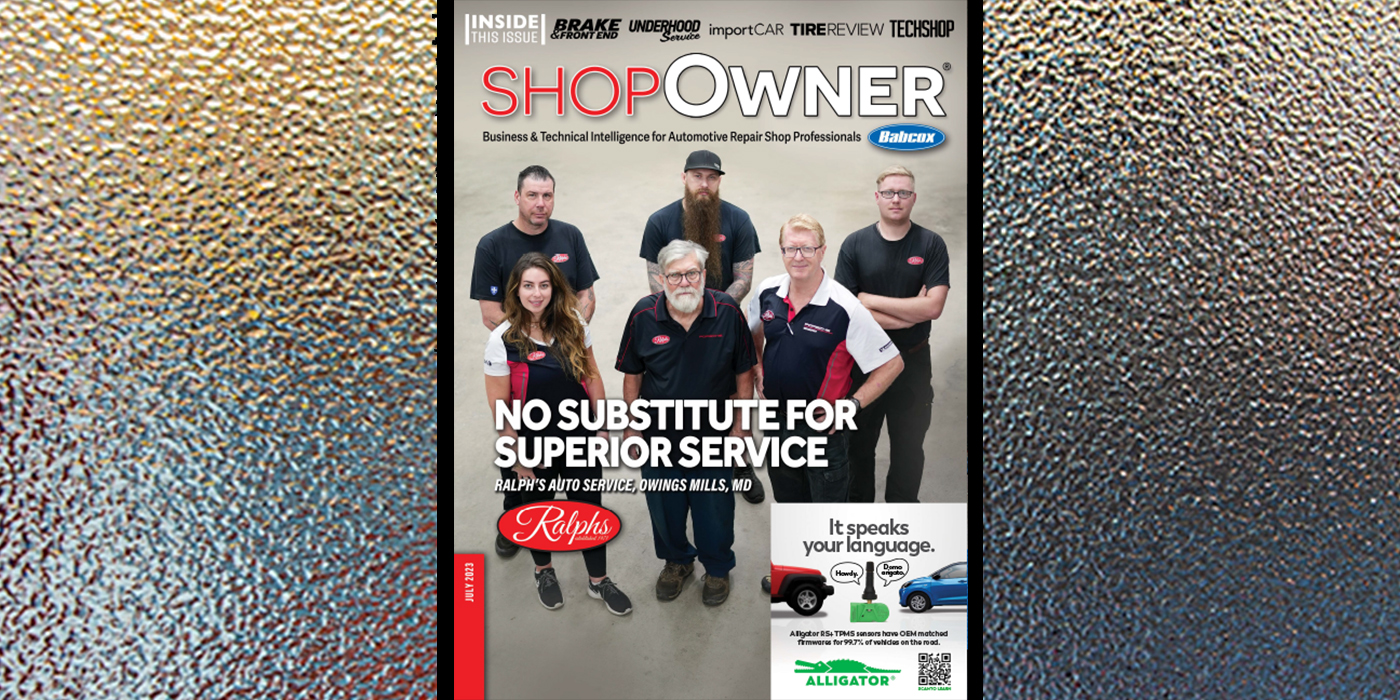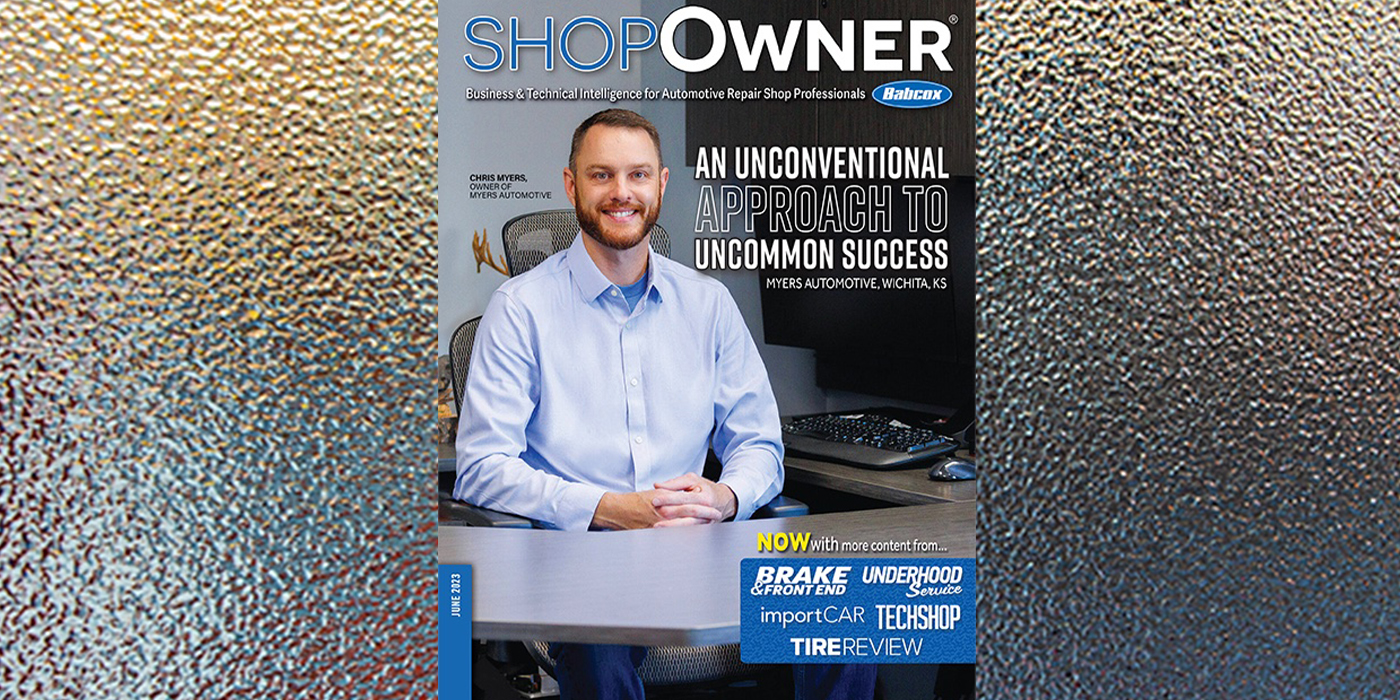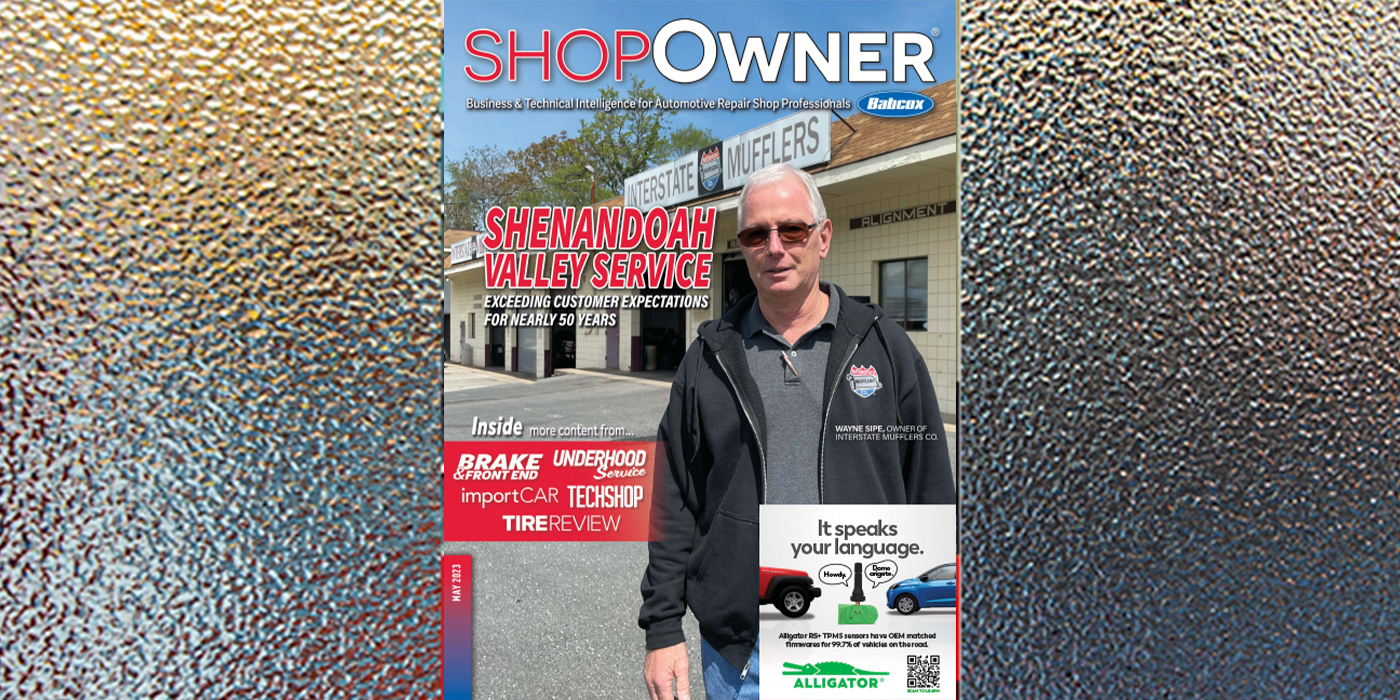Think twice about removing bumper covers.
ADAS components such as blind spot monitoring, radar, adaptive cruise control, emergency automatic braking and a long list of others are becoming the norm for late model vehicles. Understanding what is at stake if repairs are not done correctly is something all of us should be aware of. These features are designed to save lives. Plain and simple, an incorrect procedure may lead to an issue or problem that could cost everyone.
The computers react to inputs from sensors. These inputs or series of inputs cause an output from the computer. These outputs may be a passive response such as a warning light or vibration in the seat or steering wheel. Active responses would be steering the vehicle or applying brakes in response to the perceived danger. Computer information must be accurate to get a proper response. Garbage in means garbage out. What this statement is generalizing is that the responses or outputs may be wrong if the inputs are incorrect.

Bumper Covers And Blind Spots
Most shops understand that doing any type of repairs or even removal of bumper covers where blind spot radars are located can be difficult or impossible. Painting or refinishing procedures also have limitations during repair as the mil thickness of paint has the ability to limit sensors. Even differences in plastic density from OE bumpers to aftermarket bumper covers is a concern. All this is factored into the serviceability and repairability of the bumper cover.
In the recent past, removing and reinstalling a bumper cover was easy. Today, a simple R&I with no repairs may require a blind spot recalibration per the vehicle manufacturer. Simply put, the sensor must not be altered or interfered with.

How Do You Know That A Sensor Is Aimed Right?
We know the sensor can’t be interfered with, but what about aiming it correctly – that’s a new problem in the equation. When a quarter panel is replaced, the damage may include the mounting bracket or the area the mounting bracket attaches to. Brackets may be damaged, repaired or replaced. How critical do you think is that they’re mounted exactly as required? In today’s world of electronics, millimeters may as well be miles. Tolerances are extremely tight on these mounting brackets and the attachment of the radars. A slight deviation can have a large effect on system performance.
One of the problems I’ve run into is that the specs on where these mounting brackets go and how they mount are either hard to find or vague. I’ve seen where Hyundai and Kia have an alignment indicator. You mount the indicator to the bracket and check against the vehicle for contact and flushness. Once that is determined to be in spec, a blind spot recalibration can be done.
On other vehicles, a comparative measurement from the undamaged side or even another vehicle may be required. A set-up and measure for the upper body may be needed. Think about that for a second. I know many shops that struggle with upper body measuring. Now we need to set up and measure for repairs that never needed that before.
So let’s put this into perspective: a 2018 Hyundai Santa Fe equipped with blind spot detection comes into your shop with damage to the left rear. There is no damage to the bumper cover, but the quarter panel is damaged. The panel is repairable but the damage has changed the shape where the bracket is mounted. There are no kinks in the metal, but it’s proven that the bracket has moved. The technician finishes the metal work and the body filler looks great. So what could be the problem?
Did the technician repair the quarter panel back to exactly the way a new quarter panel would be? After all, body filler was used. Is the bracket aimed according to Hyundai requirements? You won’t know until after you paint and reassemble the vehicle and fails to recalibrate. Now you have three choices:
- Do a comparative measurement from the undamaged side or another vehicle
- Order a Hyundai aiming kit
- Sub to a dealer or outside service that has a mounting guide and equipment
The bracket has to be correctly mounted, so no matter which way you go, there is an added expense. It’s hard to imagine that, for a damaged quarter panel, there would be the cost of an aiming bracket and a recalibration of the blind spot sensor too.
No matter where the vehicle is damaged, we need to look at the big picture of what’s being repaired and how it affects sensors and brackets. Radiator supports with radar must be mounted correctly so as to avoid aiming issues. Slight deviations can have a dramatic effect on systems functioning correctly. And remember, there will be no light on the dash to tell you something is wrong.
Trust Who Does Your Recalibrations
You can buy the best tools in the world and watch a person not trained or skilled use them incorrectly. During recalibrations, if the targets are not correct, you can recalibrate the vehicle wrong. You will get a successful recalibration to the wrong parameters. Having the correct tool and proper training is an absolute, not an option. I’ve witnessed technicians adjusting targets to get a successful recalibration. I’ve also seen people use cameras with photos of targets to recalibrate sensors. These are dangerous situations. The vehicle assumes the technician put the target in the right location and angle. You can have a dead-wrong successful recalibration. The bottom line is we’re starting to see some ingenious ways of cheating the system.
Summary
There are so many changes occurring in our industry that it’s hard to keep up: a shop asking for set-up and measure on a damaged quarter panel. A recalibration for just a wheel alignment. All these things are happening right now. We just need to be open to change in procedures and remember days gone past.


